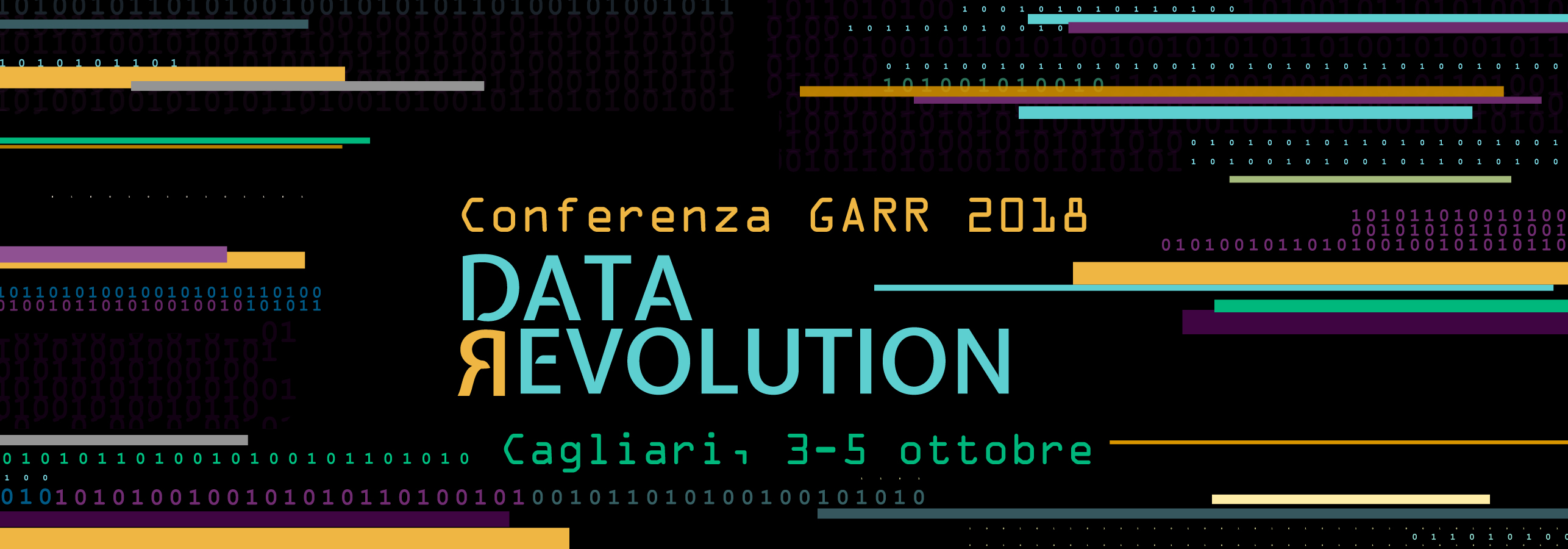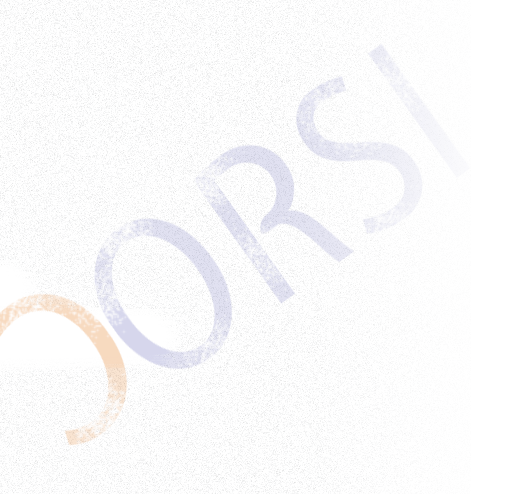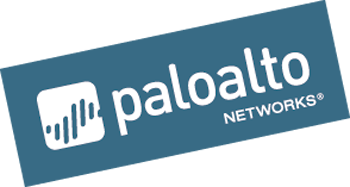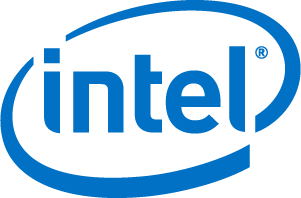Roberto Pierdicca
- Università Politecnica delle Marche
- https://www.univpm.it/
Making the museum a Senseable Space: an IOT solution to discover visitor's behavior
 Già laureato in Ingegneria Edile-Architettura nel 2011 presso l’Università Politecnica delle Marche, consegue nel 2017 il titolo di Dottore di Ricerca (cum laude) in Ingegneria dell’Informazione con una tesi dal titolo “Senseable Spaces: from a theoretical perspective to the application in augmented environments”. La sua attività di ricerca è multidisciplinare e abbraccia diversi settori che vanno dalla virtualizzazione e ricostruzione di beni culturali (fino alla loro fruizione in Realtà Aumentata e Virtuale) allo studio dell’ Interaction Design e del comportamento degli utenti. È autore di circa 40 pubblicazioni su rivista e atti di convegni internazionali sulle tematiche del Digital Cultural Heritage, dello studio e sviluppo di spazi sensibili per ambienti, museali, retail e outdoor. E’ membro attivo di diversi progetti di ricerca internazionali su tematiche trasversali ma con il filo conduttore delle ICT e dell’innovazione tecnologica. Alcuni esempi sono il progetto ArcheoFano e PEACH (ricostruzioni tridimensionali di emergenze archeologiche nel sito archeologico del Chan Chan in Peru), Cyberparks per lo studio e la promozione dell’utilizzo delle ICT negli Urban Open Spaces, WELLFOOD per la definizione dei nuovi paradigmi di turismo legato al cibo con l’obiettivo di monitorare percorsi e comportamenti tramite digital footprints. E’ attualmente assegnista di ricerca nel settore della Geomatica presso il Dipartimento di Ingegneria Civile, Edile e dell’ Architettura e co-founder dello Spin-off EMOJ per lo studio del comportamento degli utenti tramite l’analisi delle emozioni.
Già laureato in Ingegneria Edile-Architettura nel 2011 presso l’Università Politecnica delle Marche, consegue nel 2017 il titolo di Dottore di Ricerca (cum laude) in Ingegneria dell’Informazione con una tesi dal titolo “Senseable Spaces: from a theoretical perspective to the application in augmented environments”. La sua attività di ricerca è multidisciplinare e abbraccia diversi settori che vanno dalla virtualizzazione e ricostruzione di beni culturali (fino alla loro fruizione in Realtà Aumentata e Virtuale) allo studio dell’ Interaction Design e del comportamento degli utenti. È autore di circa 40 pubblicazioni su rivista e atti di convegni internazionali sulle tematiche del Digital Cultural Heritage, dello studio e sviluppo di spazi sensibili per ambienti, museali, retail e outdoor. E’ membro attivo di diversi progetti di ricerca internazionali su tematiche trasversali ma con il filo conduttore delle ICT e dell’innovazione tecnologica. Alcuni esempi sono il progetto ArcheoFano e PEACH (ricostruzioni tridimensionali di emergenze archeologiche nel sito archeologico del Chan Chan in Peru), Cyberparks per lo studio e la promozione dell’utilizzo delle ICT negli Urban Open Spaces, WELLFOOD per la definizione dei nuovi paradigmi di turismo legato al cibo con l’obiettivo di monitorare percorsi e comportamenti tramite digital footprints. E’ attualmente assegnista di ricerca nel settore della Geomatica presso il Dipartimento di Ingegneria Civile, Edile e dell’ Architettura e co-founder dello Spin-off EMOJ per lo studio del comportamento degli utenti tramite l’analisi delle emozioni.
 Graduated in Building Engineering-Architecture in 2011 at Università Politecnica delle Marche, in 2017 he obtained his PHD in Information Engineering (cum laude), with a thesis entitled "Senseable Spaces: from a theoretical perspective to the application in augmented environments ". His research activity is multidisciplinary and covers various sectors ranging from virtualization and reconstruction of cultural heritage (up to their use in Augmented and Virtual Reality) to the study of Interaction Design and user behavior. He is the author of about 40 publications in magazines and proceedings of international conferences on the themes of Digital Cultural Heritage, the study and development of sensitive spaces for environments, museums, retail and outdoor. He is an active member of several international research projects on cross-cutting issues but with the common thread of ICT and technological innovation. Some examples are the ArcheoFano and PEACH project (three-dimensional reconstructions of archaeological emergencies in the archaeological site of Chan Chan in Peru), Cyberparks for the study and promotion of the use of ICT in Urban Open Spaces, WELLFOOD for the definition of new tourism paradigms linked to food with the aim of monitoring paths and behaviors through digital footprints. He is currently research fellow in the field of Geomatics at the Department of Civil, Building and Architectural Engineering and co-founder of the Spin-off EMOJ for the study of user behavior through the analysis of emotions.
Graduated in Building Engineering-Architecture in 2011 at Università Politecnica delle Marche, in 2017 he obtained his PHD in Information Engineering (cum laude), with a thesis entitled "Senseable Spaces: from a theoretical perspective to the application in augmented environments ". His research activity is multidisciplinary and covers various sectors ranging from virtualization and reconstruction of cultural heritage (up to their use in Augmented and Virtual Reality) to the study of Interaction Design and user behavior. He is the author of about 40 publications in magazines and proceedings of international conferences on the themes of Digital Cultural Heritage, the study and development of sensitive spaces for environments, museums, retail and outdoor. He is an active member of several international research projects on cross-cutting issues but with the common thread of ICT and technological innovation. Some examples are the ArcheoFano and PEACH project (three-dimensional reconstructions of archaeological emergencies in the archaeological site of Chan Chan in Peru), Cyberparks for the study and promotion of the use of ICT in Urban Open Spaces, WELLFOOD for the definition of new tourism paradigms linked to food with the aim of monitoring paths and behaviors through digital footprints. He is currently research fellow in the field of Geomatics at the Department of Civil, Building and Architectural Engineering and co-founder of the Spin-off EMOJ for the study of user behavior through the analysis of emotions.
SESSIONE 6. INDUSTRIA 4.0 E IOT
Making the museum a Senseable Space: an IOT solution to discover visitor's behavior
 La crescente affidabilità e la conseguente riduzione dei costi dei sistemi IT hanno reso le risorse culturali accessibili a un pubblico più ampio come mai in passato. Tuttavia, non vi è la reale consapevolezza, sia degli addetti ai lavori che degli utenti, del reale potenziale e dei benefici che l'adozione di soluzioni IT potrebbe apportare.
La ricerca proposta in questo breve abstract affronta il tema dell'esplorazione della relazione tra spazio, utenti e tecnologie, indagando su come gli strumenti digitali pervasivi possano migliorare i nostri ambienti e permettere di sfruttare al massimo l’interattività. Sarà spiegato il nuovo paradigma di Senseable Space per definire quei tipi di spazi in grado di fornire agli utenti servizi contestuali, misurare e analizzare le loro dinamiche e reagire di conseguenza, in un continuo scambio di informazioni. L'architettura è composta da un “WSN of beacon” e un'applicazione mobile installata in una vera esposizione. Verranno inoltre mostrati alcuni risultati preliminari sul comportamento dell'utente.
La crescente affidabilità e la conseguente riduzione dei costi dei sistemi IT hanno reso le risorse culturali accessibili a un pubblico più ampio come mai in passato. Tuttavia, non vi è la reale consapevolezza, sia degli addetti ai lavori che degli utenti, del reale potenziale e dei benefici che l'adozione di soluzioni IT potrebbe apportare.
La ricerca proposta in questo breve abstract affronta il tema dell'esplorazione della relazione tra spazio, utenti e tecnologie, indagando su come gli strumenti digitali pervasivi possano migliorare i nostri ambienti e permettere di sfruttare al massimo l’interattività. Sarà spiegato il nuovo paradigma di Senseable Space per definire quei tipi di spazi in grado di fornire agli utenti servizi contestuali, misurare e analizzare le loro dinamiche e reagire di conseguenza, in un continuo scambio di informazioni. L'architettura è composta da un “WSN of beacon” e un'applicazione mobile installata in una vera esposizione. Verranno inoltre mostrati alcuni risultati preliminari sul comportamento dell'utente.
Making the museum a Senseable Space: an IOT solution to discover visitor's behavior
 The increasing reliability and the consequent costs reduction of IT systems made cultural assets accessible for larger audiences like never in the past. However, there is not the real awareness, by both insiders and visitors, of the real potential and benefits that the adoption of IT solutions could bring to the domain itself.
The research proposed in this short abstract addresses the topic of exploring the relationship between space, users, and technologies, investigating how pervasive digital tools can augment our environments and can leverage new interactivity. It will be explained the new paradigm of Senseable Space to define those kinds of spaces capable of providing users with contextual services, to measure and analyze their dynamics, and to react accordingly, in a seamless exchange of information. The architecture is made of a WSN of beacons and a mobile application installed in a real exhibition and some preliminary results about the user's behavior will be showed.
The increasing reliability and the consequent costs reduction of IT systems made cultural assets accessible for larger audiences like never in the past. However, there is not the real awareness, by both insiders and visitors, of the real potential and benefits that the adoption of IT solutions could bring to the domain itself.
The research proposed in this short abstract addresses the topic of exploring the relationship between space, users, and technologies, investigating how pervasive digital tools can augment our environments and can leverage new interactivity. It will be explained the new paradigm of Senseable Space to define those kinds of spaces capable of providing users with contextual services, to measure and analyze their dynamics, and to react accordingly, in a seamless exchange of information. The architecture is made of a WSN of beacons and a mobile application installed in a real exhibition and some preliminary results about the user's behavior will be showed.

















